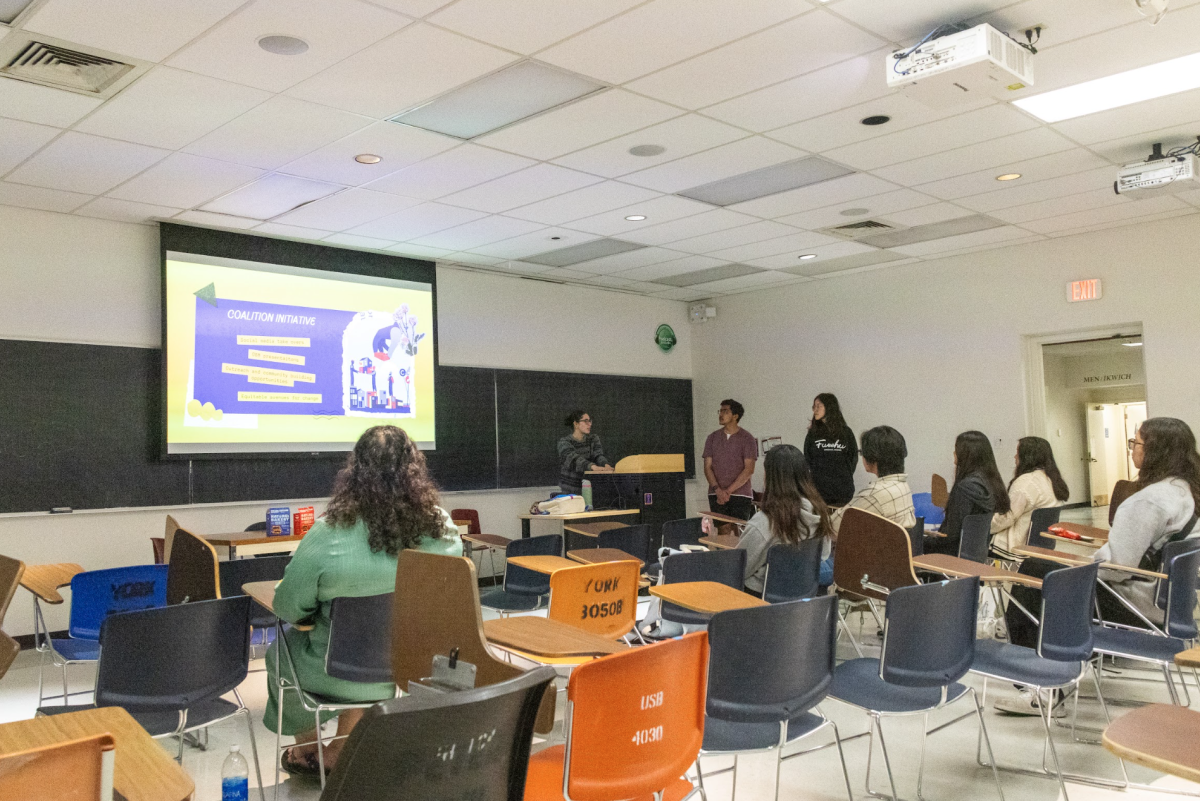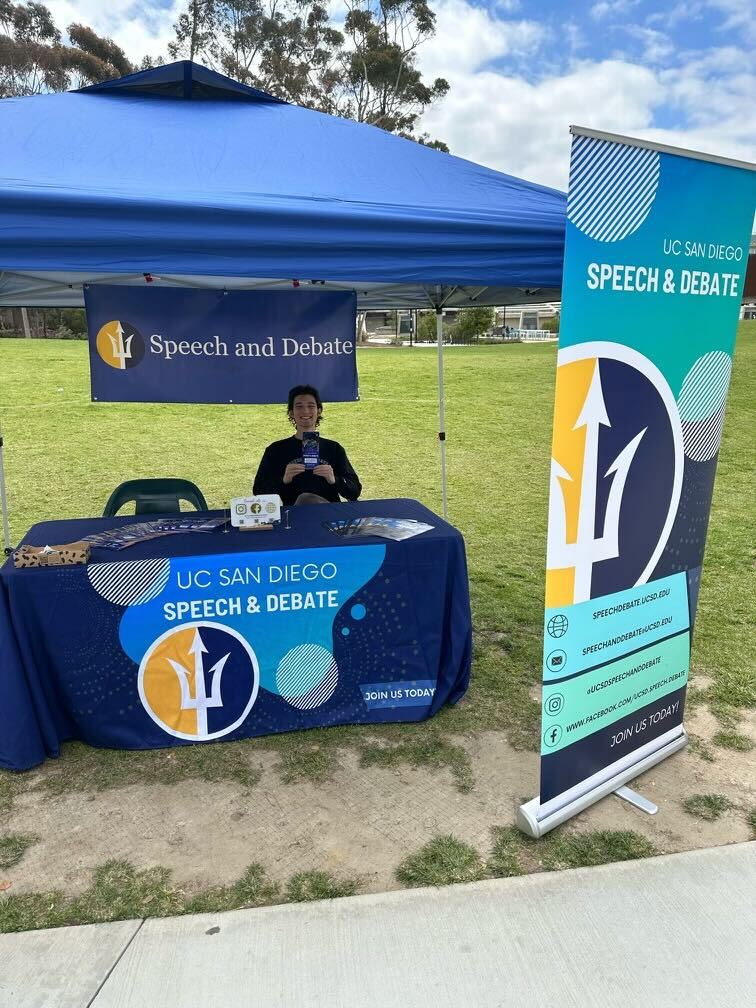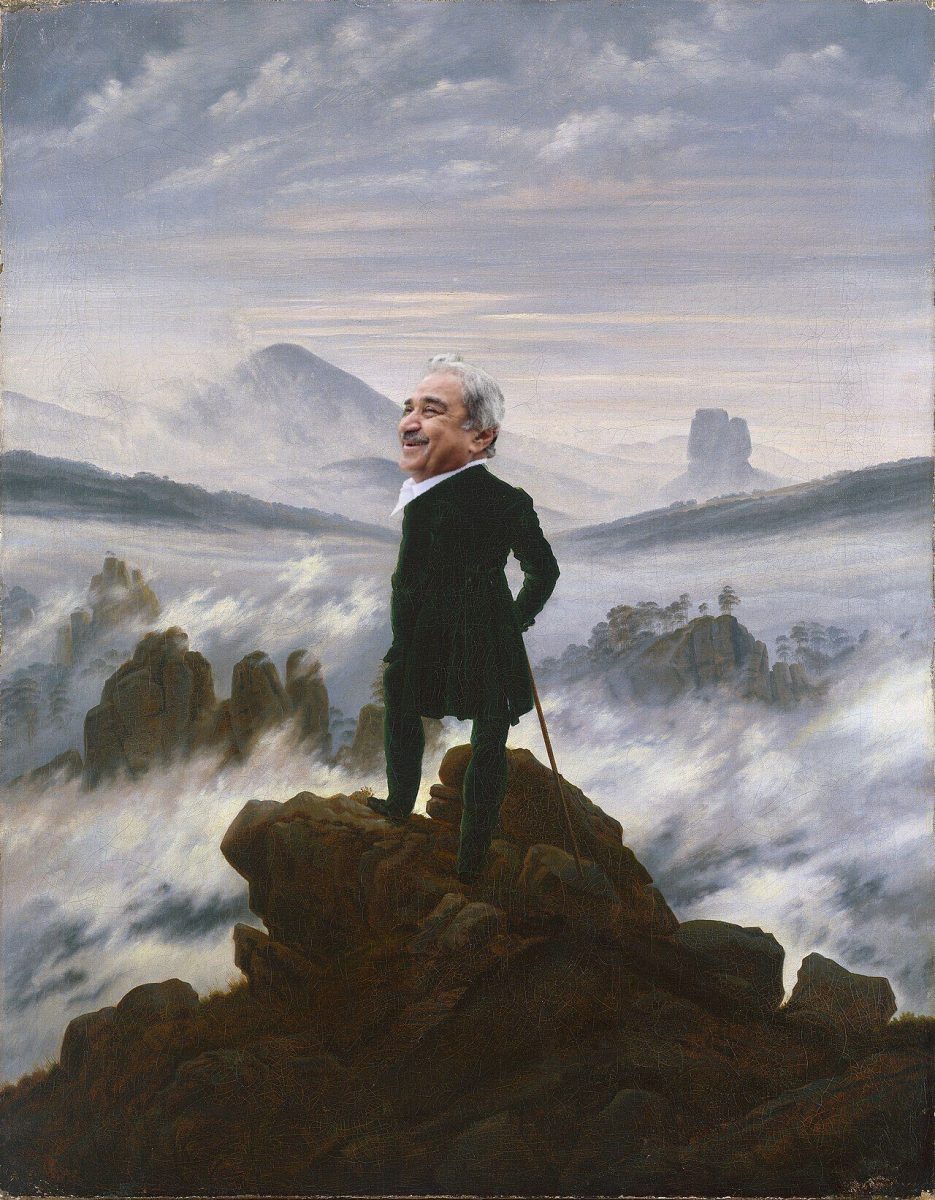As long as a year ago, student leaders knew that UCSD’s bus service was in serious trouble. Last spring, the TIDE election slate for Associated Students ran on a platform centered on transportation reform. Even before that, student advocates at the University of California Student Association drafted a number of bills that would reallocate necessary funds for UCSD’s buses. None of these passed, however, and after election season was over, the mood within A.S. was celebratory rather than somber. TIDE had just won a sweeping victory, and there were more pressing — and more glamorous — things to take care of than the bus system.
Meanwhile, behind closed doors, the wheels of change had quietly begun to turn. In May 2012, UCSD Transportation Services selected a random sample of 500 UCSD students, faculty, and staff and presented them with a series of tough options. The responses of that group would shape the course of events that unfolded this January, nearly a year later.
Robert Holden is the Director of Auxiliary Business Services, which oversees Transportation Services. Holden said his department’s financial situation has reached its worst point ever.
“Student enrollment is up,” he said. “The percentage of campus commuters using alternative transportation had increased to 59 percent [during the 2011-12 academic year]; it was 34 percent in 2001. The Bus Zone costs UC San Diego Transportation Services approximately $3.5 million per year. This is up from $300,000 when the Bus Zone was started over forty years ago.”
Those within Transportation Services knew what was going on, but few students seemed concerned. To help them make decisions, administrators turned to a random sample of people who would be affected, and in theory, should have represented our interests.
But, given the extent of the current outcry over the changes they eventually decided on, it’s unclear whether they did.
In addition to making students pay for the bus zone privileges, there were no fewer than seven other options on the table to close transportation services’ budget shortfall. None were pleasant, but any of them could have worked. There was a plan to increase parking fees significantly, with the highest fees charged for more desirable spots. (As part of the gradual phaseout of the bus zone, parking fees will go up anyway this year.) There was a plan to charge a great deal for weekend parking, a plan to eliminate subsidies for carpool and vanpool users, and a plan to reduce the frequency of certain bus routes. Each of these lesser-known plans was rejected by the group of 500, a disproportionate three-fourths of which consisted of graduate students and faculty, who, according to the Transportation Department’s own statistics, are three times more likely than undergraduates to own a car.
According to Holden, the survey participants were against new student fees at almost any cost, even if it meant drastically cutting services.
“Transportation Services is completely self-supporting and receives no revenue from student fees,” Holden said.
This is interesting, because most student services are not self-supporting. In addition to tuition, UCSD undergraduates are required to pay six mandatory “registration fees” every quarter, including a campus activity fee, a recreation facility fee, and a fee for intercollegiate athletics. These fees, which go toward programs that most students do not participate in, have been rising consistently every year.
According to Adam Powers, the student representative to the Transportation Policy Committee, the core of the problem is Transportation’s classification as an auxiliary service.
“Auxiliary departments are mandated to be self sustaining,” he stated in an online message board posting. “They can’t get a cut of tuition or state funding, and can’t have money moved in from other departments. The UCSA is looking into changing this policy, but it’s not a battle that will be won anytime soon.”
As an auxiliary service, Transportation Services’ only sources of money are parking permits and citations. Parking permits — which are made pricey to pay for the bus system — have to pay for most of the bus zone subsidy, garage maintenance, and employee salaries, including those of shuttle drivers. Each of these costs has increased in recent years.
“The school pays MTS a fixed fee whenever someone boards a bus, and their per-rider cost for the cityshuttles is only a little lower,” Powers stated. “Meanwhile, student enrollment is up, up, up, and public transportation is more popular than ever for a variety of environmental and financial concerns.”
UCSD’s campus shuttle program is forty years old — the third-oldest in the UC system. The bus zone is just a few years younger than that, at 36. Powers said it began as a trial program.
“But it never ended, due to overwhelming popularity,” he said. “It obviously wasn’t planned for as rigorously as other things are these days, plus I doubt anyone in the 70s saw [the ongoing UC-wide financial crisis] coming.” Both Powers and Holden indicated that they were surprised by the protest movements that have sprung up in the wake of the bus zone announcement. According to a 2012 survey — part of the same study that led Transportation Services to its current solution — 86 percent of students said that they knew that “the current financial situation facing TS is unsustainable.”
However, most students questioned by the Guardian said that they had not known about any problems involving the bus zone until early 2013 — another indication that the Transportation Services’ polling methods may have been flawed. One of the students most taken aback by the bus zone changes is Gabriel Lamanuzzi, a third year cognitive science major from Revelle college who started the Facebook page, “UCSD Students Against Transportation Changes,” the Thursday after Transportation Services announced that it would stop subsidizing MTS passes for students. As of press time, the group has nearly 7,000 members.
“After they made the announcement, I was browsing around on Facebook and noticed a lot of statuses about the bus zone,” Lamanuzzi said. “So I posted one of my own. It was something like, ‘Has anybody made a group for this yet?’ And the response I got was no, so I created one and invited all my friends.”
He said the point of the page is to organize students, even if they don’t have a solution at the moment. “If we stay united, when we have a solution, we will all know what to say,” he said. An issue with many student movements has been that they become fragmented. Thirteen little groups of 500 people is never going to be as effective as one group of 6,000. I wanted to make sure that it [fragmentation] didn’t happen here.”
At this point, those solutions largely involve new polls and surveys administered by UCSD’s Associated Students. A.S. President Meggie Le is a frequent poster on the page, as is Powers. The idea is to get a more accurate picture of what undergraduates want from Transportation Services, according to a recent post by Le. On another post, she attached a link to an online survey.
“Take this […] so we know which services students want to prioritize!” she wrote.
Lamanuzzi said that by this point, he is no longer in control of the movement. Authority, he said, has largely been ceded to Powers, Le and other members of A.S.
“I created the page, but it was never my intention, to be in control,” he said. “I wanted to create a space and step back, to join the movement and learn about it as a member myself. I do still moderate the page, but I try to be as hands-off as possible. It’s only when people start posting memes and advertisements that are totally unrelated to the cause — that’s when I step in.”
At first there were only a handful of people in the group.
“But then I checked back a few hours later, and I witnessed how it had grown organically,” he said. “There were over a thousand members, and then it just exploded from there. It made me feel that students are capable of coming together in a time of need.”
Powers noted that he was impressed by the way students are organizing around the cause of transportation now. Having grappled with the problem for years, however, he seemed bemused by the length of time it has taken students to take note.
“I’m guessing that nobody felt that changing a UC-wide policy or finding a new home for shuttles besides the transportation department were reasonable fixes,” he said. “Emergencies at the speed of bureaucracy often don’t feel like emergencies, even when they are.”







